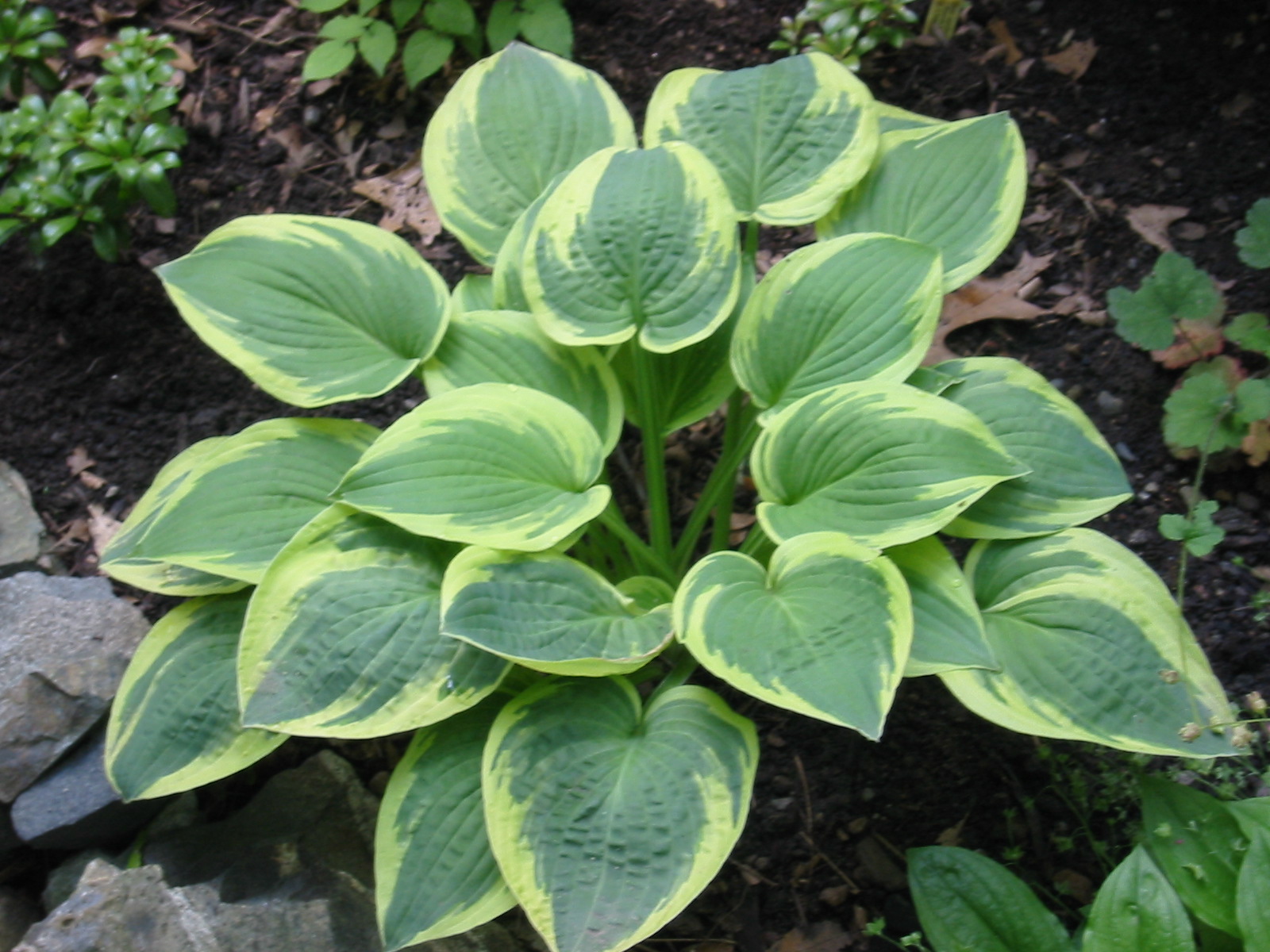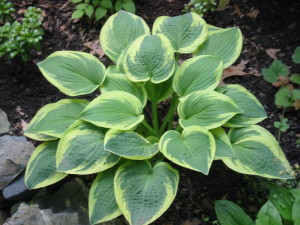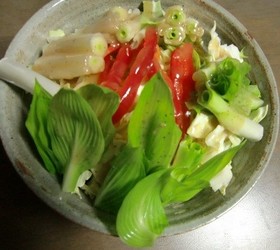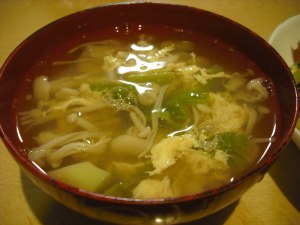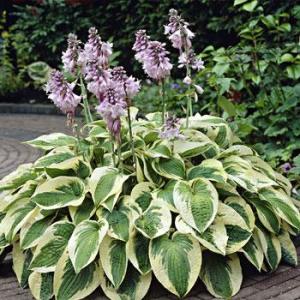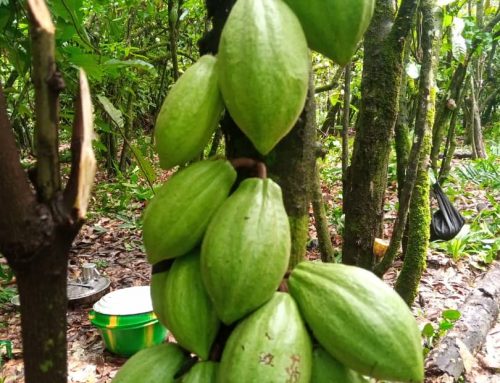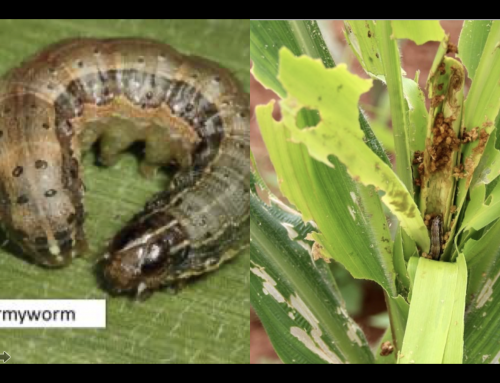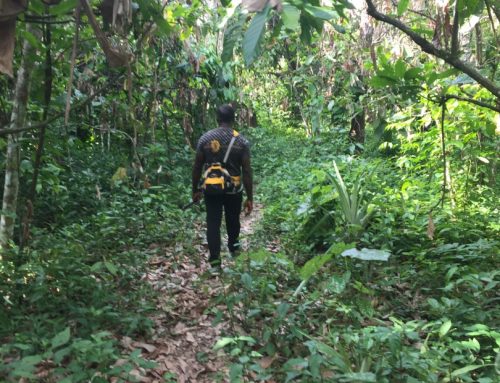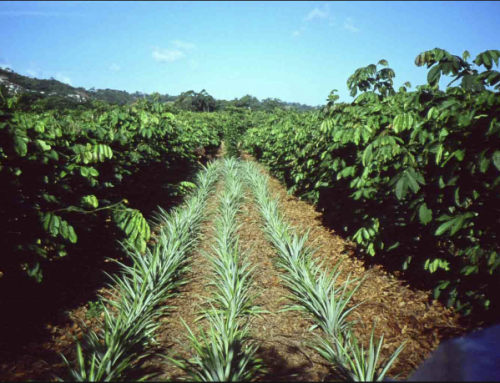Hosta, that ornamental planted in the shaded area of the yard by your spouse, mother, grandmother, aunt, neighbor, etc.etc. is a regular source of food in Asia. Known as Plantain Lillies in Britain and Giboshi and Urui in Japan, Hostas are hardy, easy to grow, and already planted as ornamentals everywhere.
Edible young leaves are fried as Tempura, eaten raw, or boiled in Japan. And the young shoots eaten like asparagus. The shoots are like asparagus naturally, as Hostas are in the Asparagaccae family and are related to the agave as well. A warning though, Hostas are toxic to dogs and cats.
Hostas should be harvested when shoots and leaves are young and tender. They, like many leafy greens, get bitter when large and more mature. They can be sauteed with eggs or other veggies, stir fried, and used in wraps or salads. The flowers are also edible, adding a touch of color to your salad! Hostas…the stealth food plant…
Hostas, are easy to grow, shade-tolerant plants. Leaves come in a wide range of shapes, colors, sizes, and textures and may be solid in color or variegated in different combinations of blue, green, white, and gold. The plants are low maintenance and are widely available in nurseries and garden centers. Many catalogs also offer a large selection of hosta plants, with more than 2,500 different cultivars on the market, according to the Ohio State extension service.
Hostas originally came from Japan, China, and Korea. They were first introduced to Europe in the late 1700s and then came to the United States in the middle 1800s.
Get some here:


